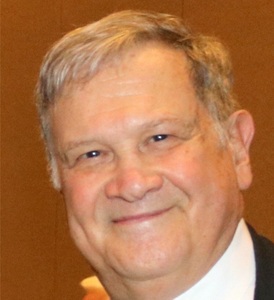Linda Pelon: Anthropologist, Educator, Honorary Ambassador for the Comanche Nation
Linda Pelon is an anthropologist and educator with a research speciality in Texas frontier history and Comanche land use in Texas. She is co-author of Comanche Marker Trees of Texas (Texas A & M Press, 2016) and is an instructor of anthropology at Cedar Valley College (DCCD) and at McLennan County Community College in Waco.
Linda works with volunteer research teams on the Trinity, Colorado, Concho, Leon, Brazos, and Navasota rivers to better understand Indian and frontier land uses of these watersheds. Her advocacy efforts focus on preservation of Texas historic landscapes, traditional cultural properties, rivers, mesas, and historic trees. She is an honorary ambassador for the Comanche Nation and assists them with locating and reconnecting with their traditional cultural properties and sacred sites in Texas.
Current project priorities include research and advocacy efforts to nominate the Dallas Great Trinity Forest parkland on the Lower White Rock Creek to the National Register of Historic Places as a “National Historic Landmark District with Traditional Cultural Properties.” These Traditional Cultural Properties (TCPs) include:
Comanche: Storytelling Place, Lodge Pole Woods, a Comanche Marker Tree site, and more.
Other American Indians: This area was used by Indians ranging from early prehistoric to late historic peoples. A survey by the Dallas Archeological Society several years ago documented numerous campsite and other cultural features in this section of the forest.
Freedmen: Archeological sites that appear to be associated with Bon Ton ( a community of Freedman Farmsteads in the floodplain of White Rock Creek near its confluence with the Trinity River). Oral historical information tells us that these Farmsteads were connected by the “Bon Ton Trail”. Research indicates that Bon Ton is a Cajun word that translates to Good Times. More research is needed.
Pioneer: Lower White Rock Creek was occupied first by John and James Beeman. There are many natural features documented by James and others are still present in and around the forest. Sam Houston traveled with Indians on their trails throughout the Lower White Rock Creek area to attend a Treaty Council at Bird’s Fort. The National Road of Texas ran through this area and was constructed during the Republic of Texas. Archeological surveys and continuing research may recover more information.
 North Texas Master Naturalist
North Texas Master Naturalist

